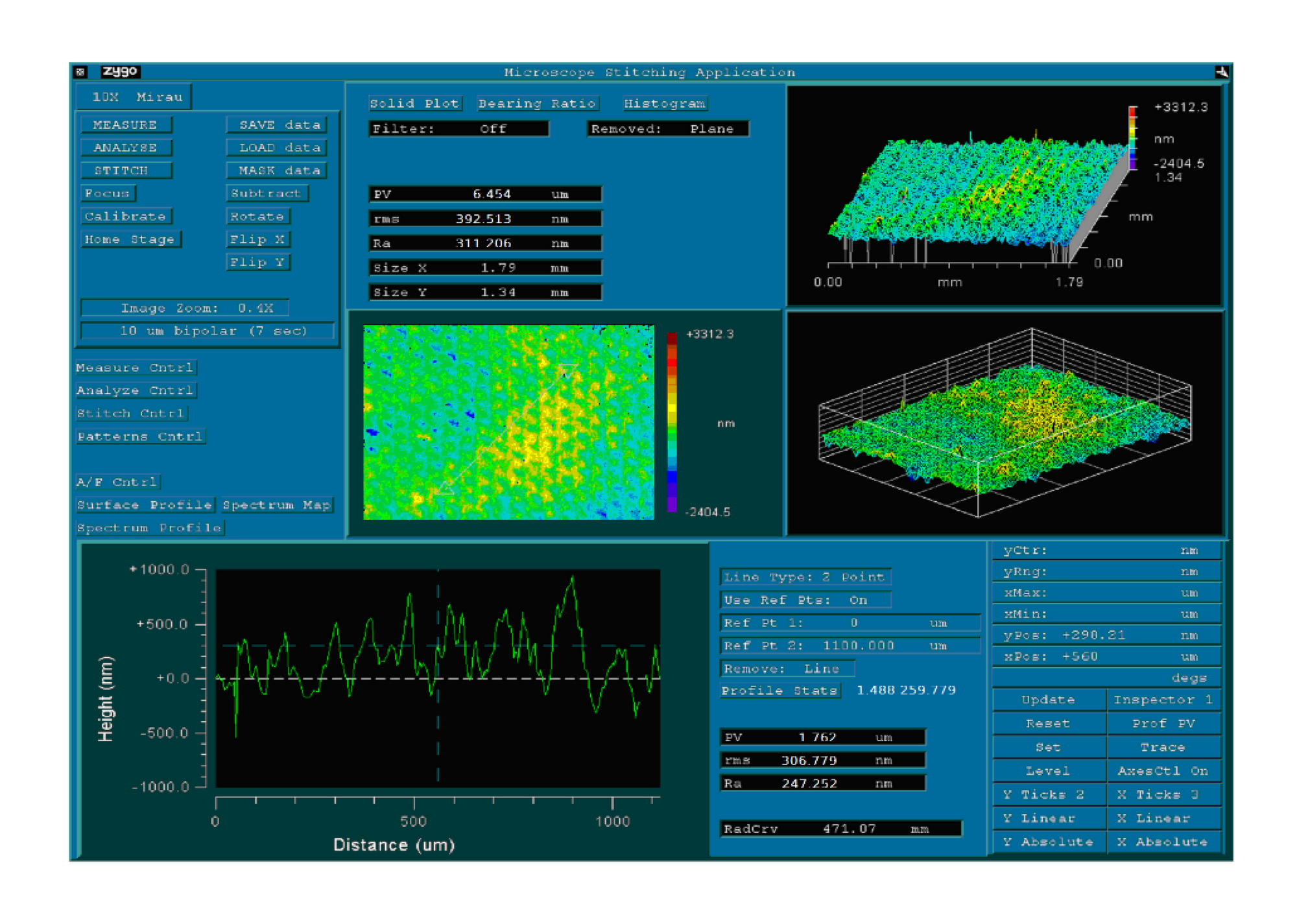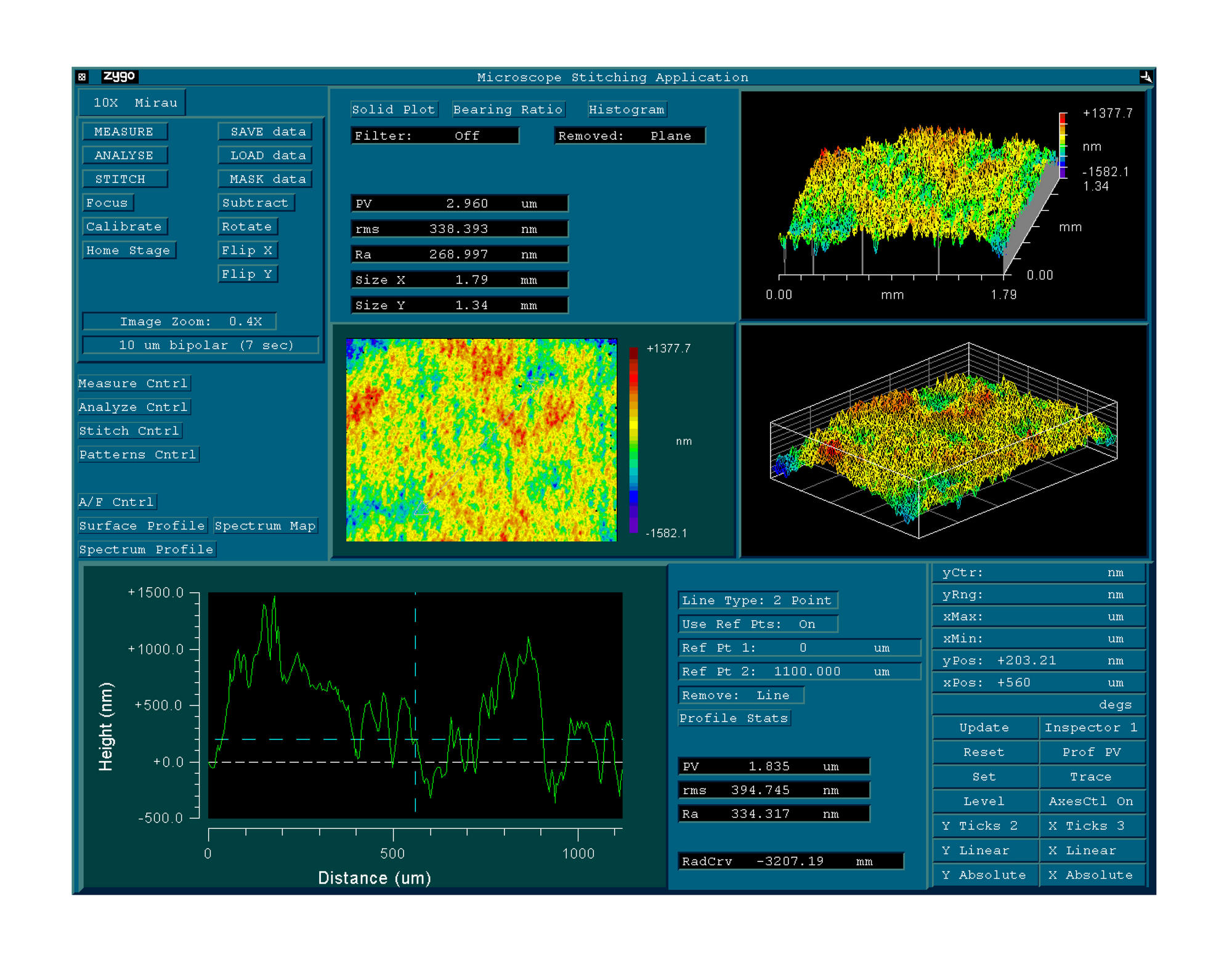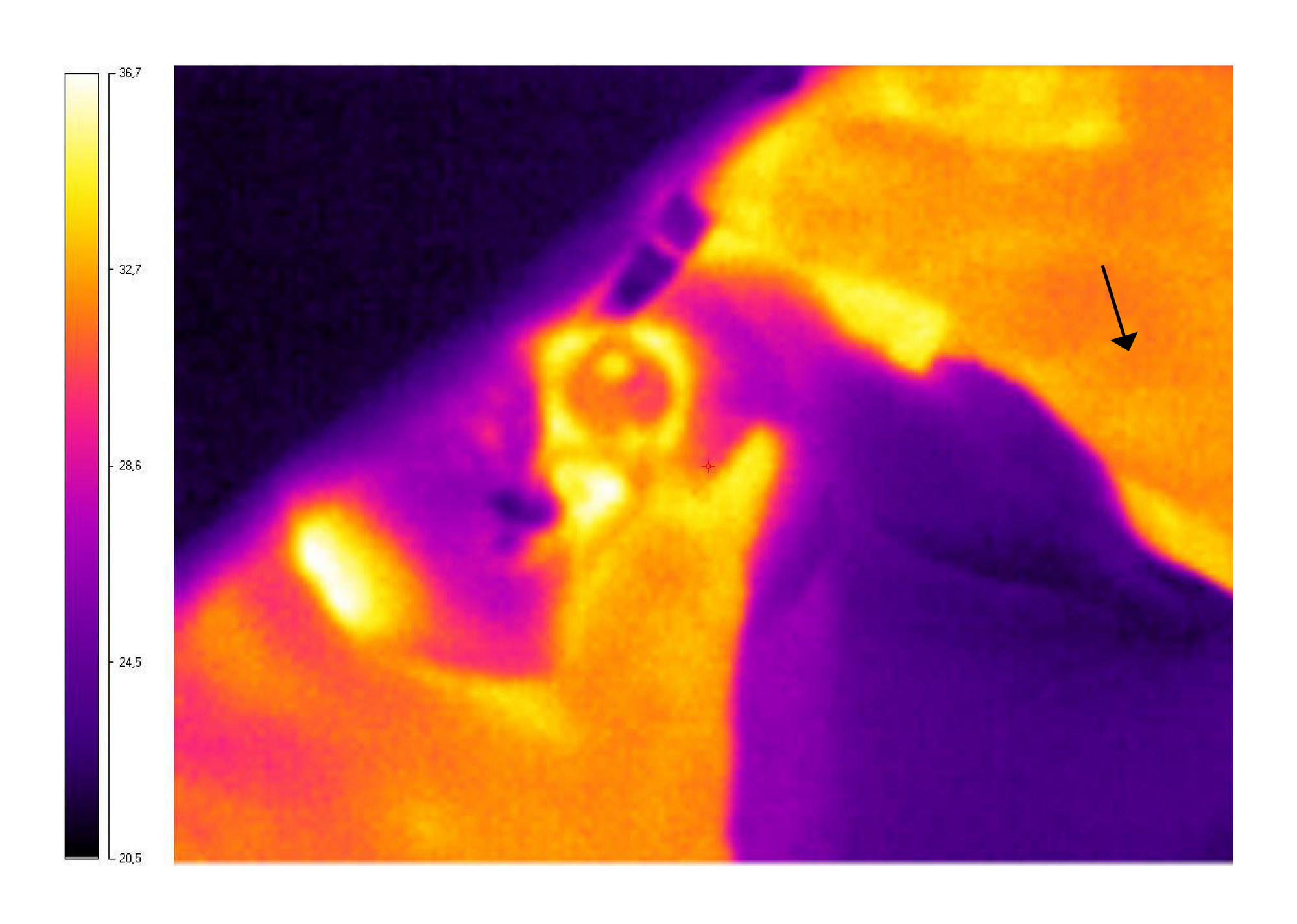
ISSN Print 2500–1094
ISSN Online 2542–1204
BIOMEDICAL JOURNAL OF PIROGOV UNIVERSITY (MOSCOW, RUSSIA)

Department for Clinical Research in Ophthalmology,Clinical Research Center for Otorhinolaryngology, Moscow, Russia
Correspondence should be addressed: Nika Takhchidi
Volokolamskoe shosse, d. 30, str. 2, Moscow, Russia, 123182; ur.ay@ht-akin




